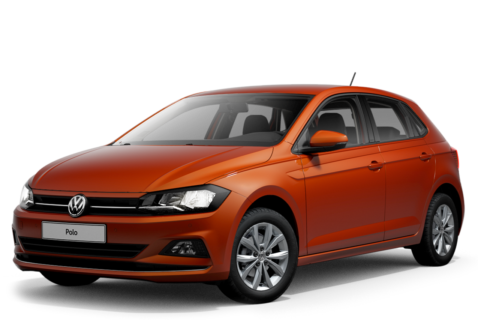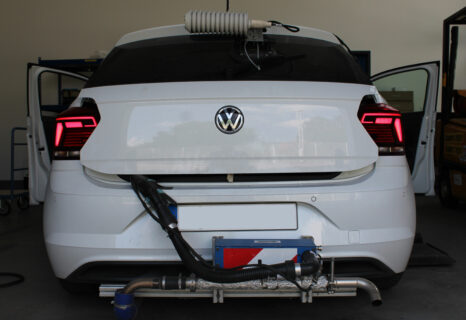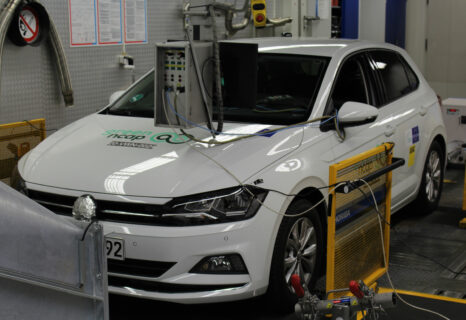VW Polo 1.0 TSI petrol 4x2 manual
2020
58%
6.5
10
Clean Air Index
6.2
10
Energy Efficiency Index
4.9
10
Greenhouse Gas Index
| Laboratory Tests | NMHC | NOX | NH3 | CO | PN | |
|---|---|---|---|---|---|---|
| 5.310 | Cold Test | |||||
| 7.310 | Warm Test | |||||
| 4.410 | Cold Ambient test | |||||
| 6.210 | Highway | |||||
| Road test | ||||||
| 6.910 | On-Road Drive | |||||
| 5.58 | On-Road Heavy Load | |||||
| 3.65 | On-Road Light Load | |||||
| 4.45 | On-Road Short Trip | |||||
| 2.02 | Congestion | |||||
| Robustness |
| Laboratory Tests | Energy | |||
|---|---|---|---|---|
| 7.010 | Cold Test | |||
| 7.210 | Warm Test | |||
| 5.710 | Cold Ambient test | |||
| 5.010 | Highway | |||
| Consumption | Driving Range | |||
| Average | 6.0l100 km | 679km | ||
| Worst-Case | 6.9l100 km | 577km | ||
| Greenhouse Gases | CO2 | N2O | CH4 | |
|---|---|---|---|---|
| 3.87 | Cold Test | |||
| 4.07 | Warm Test | |||
| 3.37 | Cold Ambient test | |||
| 2.97 | Highway |
Specifications
- Tested Car WVWZZZAWZLY02XXXX
- Publication Date 11 2020
- Vehicle Class City and Supermini
- Emissions Class Euro 6 DG
- Tyres 185/65 R15
- Mass 1,132 kg
- Engine Size 999 cc
- Engine Power/Torque 85 kW/200 Nm
- Published CO2 128 g/km





































































































































Our verdict
August 2023: The result of this car been updated. Previously reported Ammonia (NH3) values were incorrect owing to a technical error with the equipment at the test laboratory and a correction has been applied.
The verdict of the X1 doesn't useThere has been a Polo in the Volkswagen line-up since 1975, testament to its enduring appeal. Now in its sixth generation, the car is tested here with the 1.0 litre, 3 cylinder turbocharged direct injection petrol engine, producing 85 kW, and turns in a very creditable performance. The car's exhaust after-treatment - a three-way catalyst and a gasoline particulate filter (GPF) - does a good job of keeping pollutant emissions down. Oxides of Nitrogen are low in all tests and the GPF, much needed with a small direct-injection turbocharged engine keeps particulate number safely within limits. With a modest weight, the car scores well also in Energy Efficiency. The Greenhouse Gas Index is a little lower than the others but the car emerges from Green NCAP's tests just shy of a 3½ star rating.